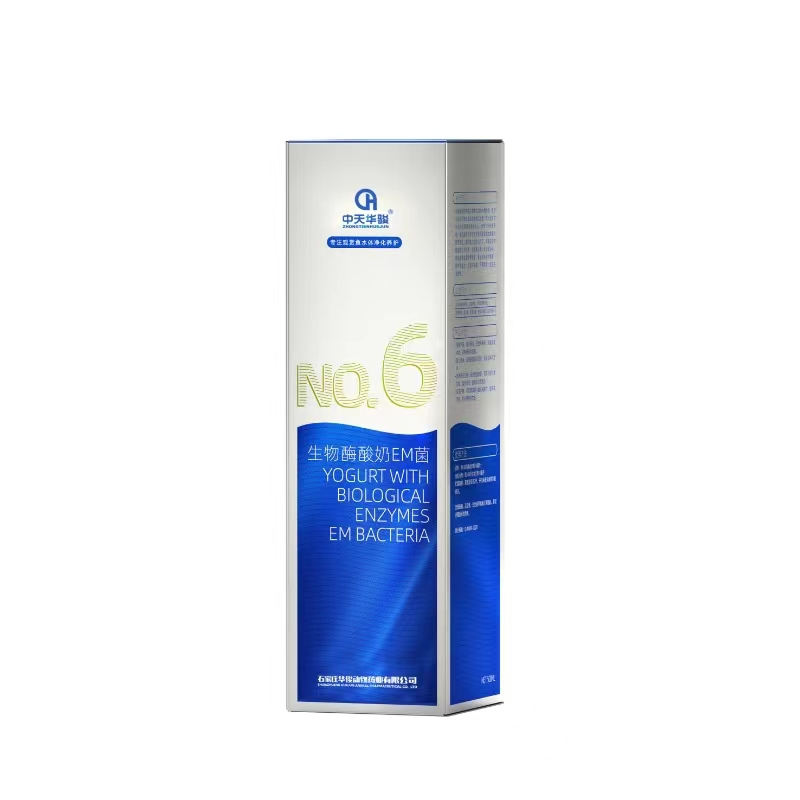
Aug . 18, 2024 00:20 Back to list
Copper Sulfate Usage and Suppliers for Lake Management and Maintenance Solutions
Copper Sulfate in Lakes A Key Manufacturer’s Perspective
Copper sulfate is widely recognized for its application in various industries, including agriculture, horticulture, and aquaculture. However, one of its lesser-known yet significant uses is in the management of lakes and water bodies. As a leading manufacturer of copper sulfate, it is imperative to understand both the benefits and the environmental stakes involved in its usage specifically within aquatic ecosystems.
Understanding Copper Sulfate
Copper sulfate, also known as blue vitriol, is a chemical compound with the formula CuSO₄. It appears as bright blue crystals and readily dissolves in water, making it effective for various uses. In water treatment, its primary function is as an algaecide, used to control the growth of algae that can cause water quality issues, reducing oxygen levels and harming aquatic life.
The Role of Copper Sulfate in Lakes
In many lakes, algal blooms can pose severe ecological challenges. Eutrophication, often driven by nutrient runoff from agricultural or urban sources, leads to excessive algal growth that can deplete oxygen levels, block sunlight, and release toxins that are detrimental to fish and other aquatic organisms. Copper sulfate is employed strategically in these situations to mitigate algal blooms and restore balance to freshwater ecosystems.
By adding copper sulfate to affected waters, manufacturers help manage excess algae. The compound is absorbed by algal cells, inhibiting their growth and allowing for a healthier aquatic environment. The applications must be highly controlled, as misuse can lead to toxicity in non-target species. Responsible application guided by environmental assessments ensures that copper sulfate can be a valuable tool in lake management.
Environmental Considerations
While the advantages of using copper sulfate in lakes are evident, it is critical to address environmental concerns. Overapplication can lead to copper accumulation in sediments, resulting in potential long-term ecological impacts. Additionally, the substance can be toxic to certain fish species and beneficial organisms if not utilized judiciously.
copper sulfate in lakes manufacturer

Responsible manufacturers of copper sulfate actively engage in research and development to better understand the compounds' impact on aquatic ecosystems. Collaborating with environmental agencies and ecologists ensures that the use of copper sulfate aligns with best practices for maintaining biodiversity and ecological health in lakes.
Best Practices in Application
To maximize the benefits of copper sulfate while minimizing risks, several best practices have been established
1. Testing and Monitoring Conducting water quality tests before and after application is critical for assessing the effectiveness of treatments and identifying any potential negative outcomes.
2. Targeted Application Understanding the specific types of algae and their life cycles can help manufacturers recommend precise doses and timing for applications, thereby reducing the risk to non-target species.
3. Integration with Ecological Management Employing copper sulfate as part of a broader integrated lake management strategy can address the root causes of algal blooms, such as nutrient loading and habitat degradation, rather than merely treating symptoms.
4. Training and Education Manufacturers can play a vital role in educating lake management teams about the correct use of copper sulfate, ensuring adherence to environmental guidelines and safety protocols.
Conclusion
As a key manufacturer of copper sulfate, our commitment goes beyond profit; it extends to the health of aquatic ecosystems. With increased awareness of environmental sustainability, it is vital to promote practices that support effective and responsible lake management. By leveraging the benefits of copper sulfate judiciously, we can help ensure that lakes remain vibrant ecosystems for future generations. Through collaboration, research, and a focus on ecological health, the industry can contribute positively to water quality management while protecting our precious natural resources.
-
Quality Bacillus Coagulans BC30 Factory - Expert Production
NewsAug.02,2025
-
China Salivation AI with GPT-4 Turbo Features
NewsAug.01,2025
-
Epic Sepsis Factories: AI-Driven Detection with GPT-4 Turbo
NewsJul.31,2025
-
Acute Salpingitis and Oophoritis AI Factory
NewsJul.31,2025
-
Premium China Bacillus Subtilis Supplier & Factory Solutions
NewsJul.30,2025
-
Premium Avermectin Supplier in China | Custom Solutions Available
NewsJul.29,2025




